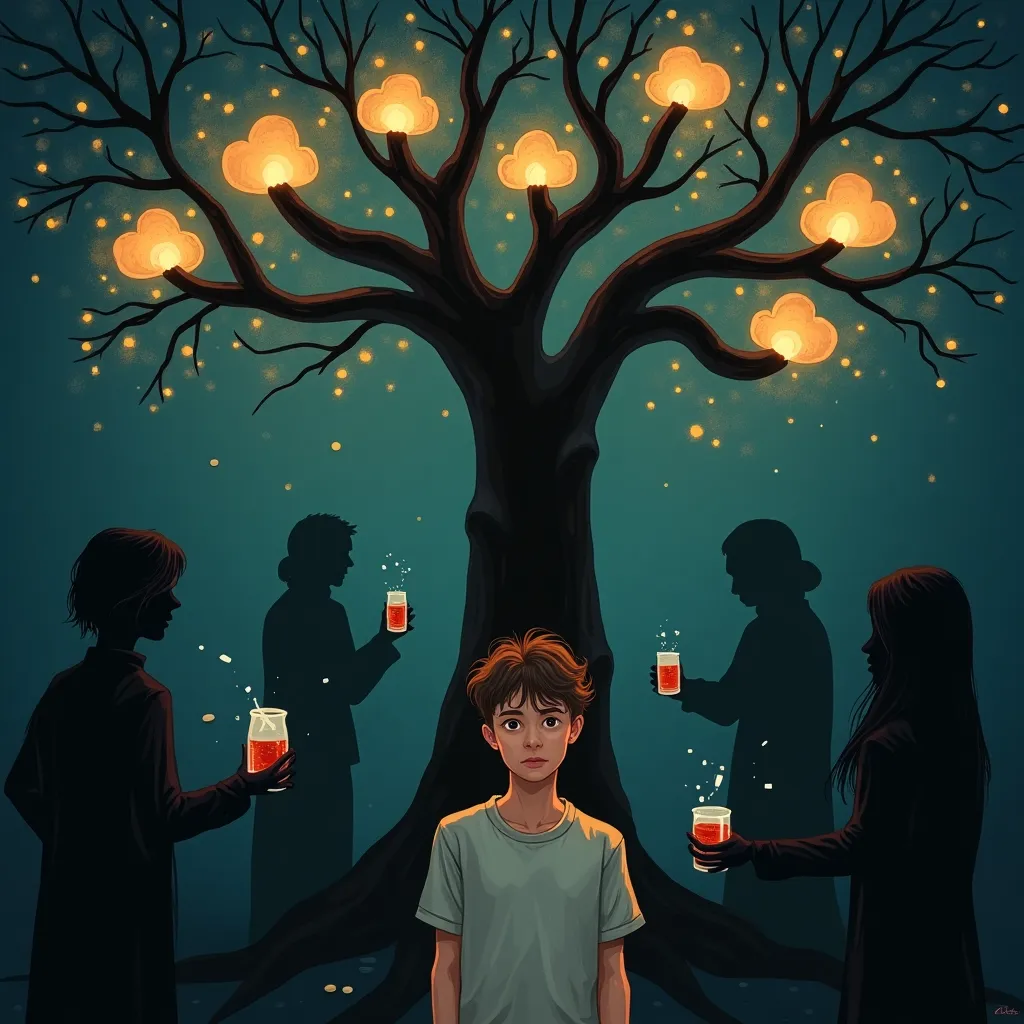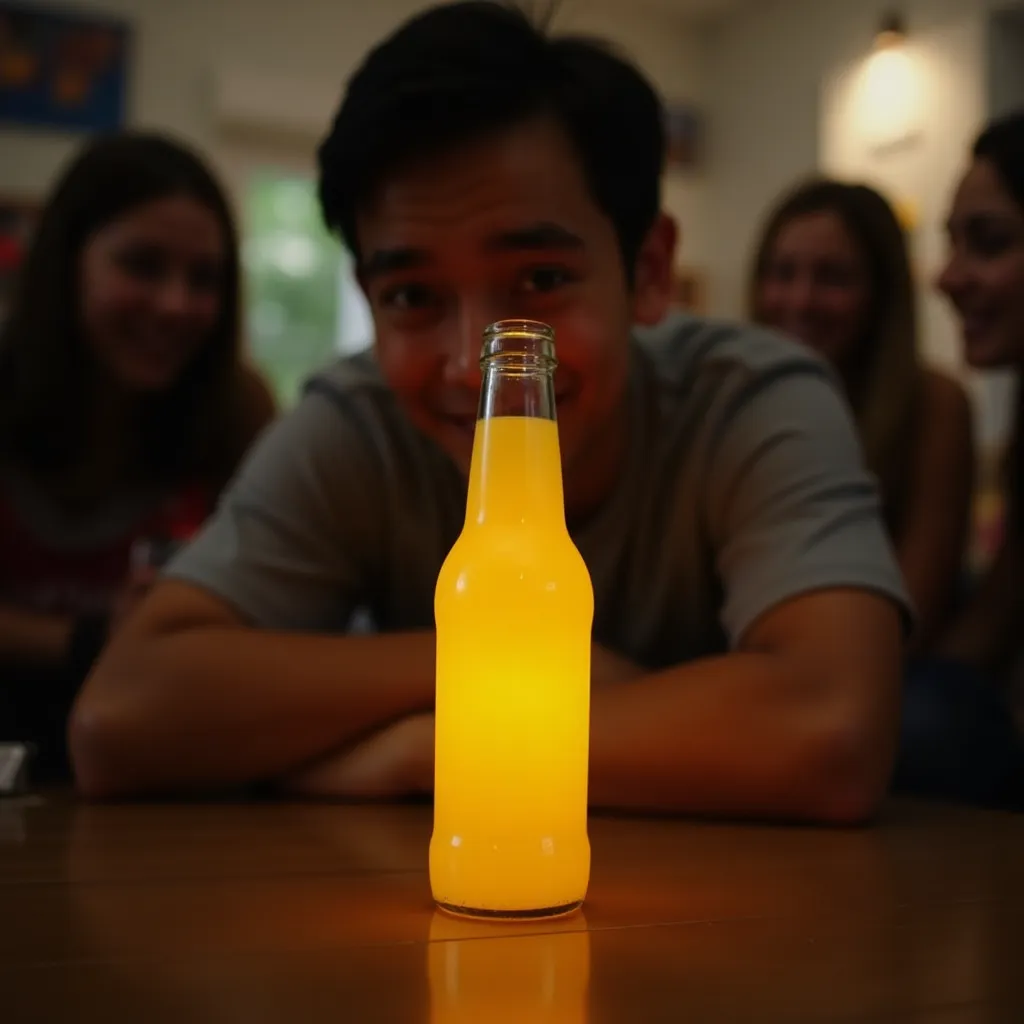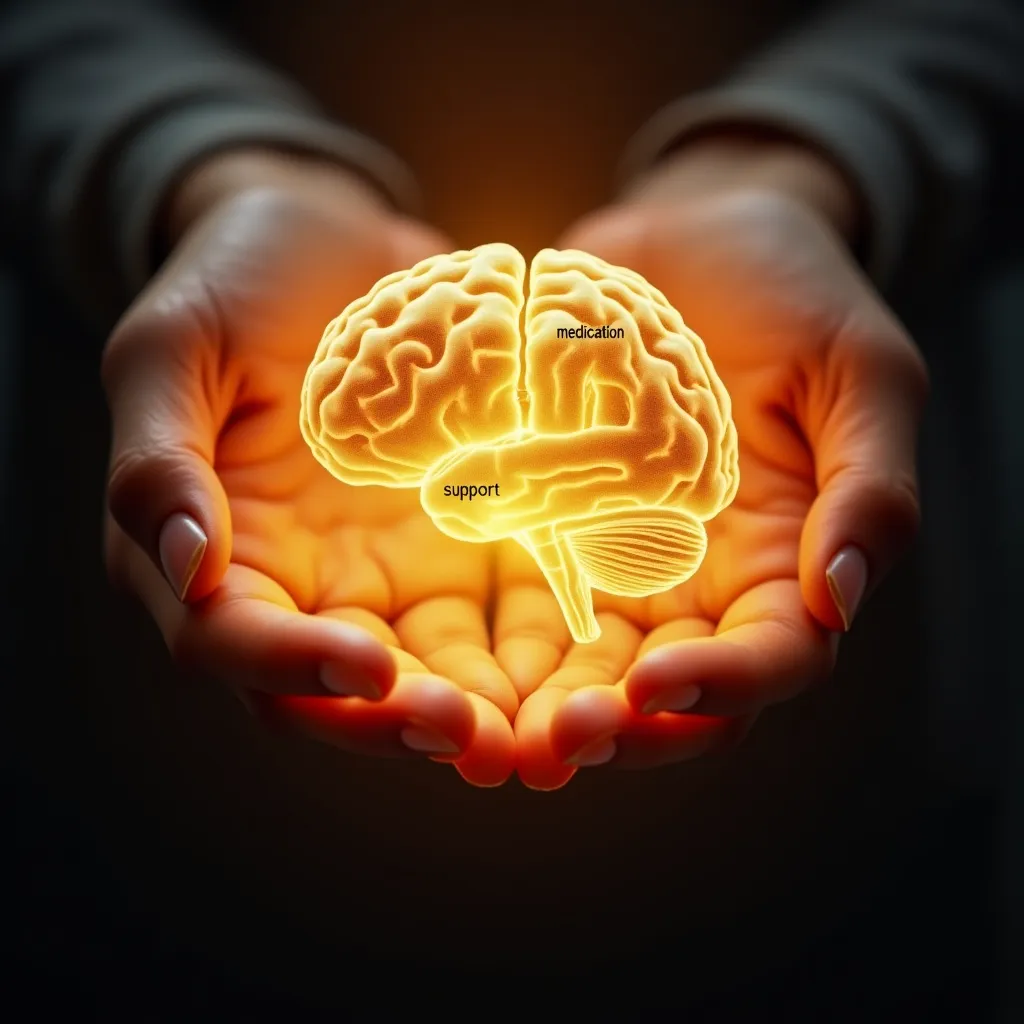We all enjoy things—like video games, sweets, or hanging out with friends. But for some, these habits become harmful. Why? Personality traits like acting on impulse or craving excitement can raise the risk of addiction and lead to addictive behaviors. Everyone has unique strengths and struggles. For some, these traits make walking away from harmful behaviors harder.
This isn’t about blame. Genetic factors (like family history) and environmental factors (like peer pressure) also play significant roles. Maybe you know someone who hides their habits or seems stuck in a cycle of compulsive behaviors. Understanding these connections helps us support others—and ourselves—with kindness.
Let’s explore how personality and addiction intertwine and what we can do about it.
Introduction to Personality and Addiction
Personality plays a significant role in the development and maintenance of addiction. Research shows that certain personality traits, such as impulsivity and sensation-seeking, can increase an individual’s risk of developing an addiction. For instance, someone who craves excitement might be more likely to experiment with drugs or alcohol, seeking that thrill. On the other hand, addiction can also shape an individual’s personality, leading to changes in behavior and cognition. Understanding this relationship is crucial for developing effective prevention and treatment strategies. By recognizing how personality traits influence addiction, we can better support those at risk and help them make healthier choices.
Is There an “Addictive Personality”? Let’s Clear It Up

You might have heard people say someone has an “addictive personality”—meaning they’re more likely to get hooked on things like drugs, gambling, or even social media. The concept of addictive personalities is often debated in addiction research and personality theory. But here’s the truth: Scientists disagree about this idea. Some say it’s a myth because no single personality type guarantees addiction.
Instead, certain personality traits—like acting on impulse or seeking thrills—can raise the risk. For example, a person who loves excitement might try risky behaviors, while someone who struggles with stress might turn to substances for relief. But these traits don’t define someone forever. People can change! Habits that start in a tough time (like after a loss) might fade as life improves.
Think of it like this: calling someone “born to be addicted” is unfair and untrue. Addiction isn’t about personality flaws—it’s a mix of traits, life experiences, and choices. Understanding this helps us focus on solutions, not labels.
How Addictive Personality Traits Affect Choices
Some ways people think or act can make drug or alcohol problems more likely. Here’s how:
- Acting on impulse: Making quick decisions without thinking. Example: Trying drugs at a party because friends dare you.
- Loving excitement: Seeking big thrills, like taking risks to feel a “high”.
- Struggling to stop: Finding it hard to quit even when you know it’s harmful.
Understanding addictive personality traits can help identify individuals at higher risk of developing addiction.
Personality Disorders and Addiction
- Rule-breaking behavior: People who often ignore rules or hurt others (linked to antisocial personality disorder) are more likely to misuse alcohol or drugs.
- Big emotional swings: Those with intense, unstable emotions (common in borderline personality disorder, especially women) might use substances to cope with feelings like anger or loneliness.
- Impulsivity is also a significant factor in bipolar disorder, which can lead to maladaptive behaviors and increase the risk of addiction.
Example: A teen who acts impulsively might steal alcohol to fit in. Someone with intense emotions might drink to feel calmer.
Good news: These traits don’t mean someone will get addicted. Therapy and support can help people make healthier choices.
The Role of Impulsivity in Addiction

Impulsivity is a personality trait characterized by a tendency to act on impulse without considering the consequences. This trait is a significant risk factor for addiction, as it can lead to reckless and irresponsible behavior, including substance use. For example, an impulsive person might try drugs at a party without thinking about the potential for addiction. This impulsivity can result in negative consequences, such as developing a substance use disorder. Additionally, impulsivity can contribute to the development of addiction by increasing the likelihood of relapse. When someone acts on impulse, they might struggle to resist cravings, making it harder to stay sober. Understanding the role of impulsivity can help in creating strategies to manage it, reducing the risk of addiction and relapse.
Attentional Bias and Addiction
Attentional bias refers to focusing attention on certain stimuli, such as substance-related cues, over others. This bias is a common feature of addiction, as individuals with addiction often exhibit a strong attentional bias towards substance-related cues. For example, someone trying to quit smoking might constantly notice lighters or ashtrays, making it harder to resist the urge to smoke. This focus on substance-related cues can increase the likelihood of substance use and relapse. Understanding attentional bias is important for developing effective treatment strategies. Cognitive-behavioral therapy (CBT) can help individuals manage their attentional bias, teaching them to focus on healthier cues and reduce their risk of relapse.
Why Do Some People Develop Addictions?

Addiction doesn’t happen by chance. Certain risk factors make some people more likely to struggle. Let’s break them down:
Specific personality characteristics may predispose individuals to developing addictions.
1. Family Ties
If a parent or sibling has had addiction issues, the risk might be higher. Think of it like inheriting eye color—genetics can play a role. But it doesn’t mean addiction is guaranteed.
Genetic predispositions can also play a significant role in alcohol addiction.
Example: A teen whose dad misuses alcohol might be more careful to avoid drinking.
2. Life Experiences
- Tough childhoods: Kids who face abuse, neglect, or constant stress are more at risk.
- Peer pressure: Friends who drink, smoke, or use drugs can influence choices. Peer pressure can significantly influence choices, leading to substance abuse.
Example: A student might try vaping because their friends say it’s “cool.”
3. Personality Habits
- Acting first, thinking later: Jumping into risky behaviors without planning. Acting first and thinking later can increase the risk of substance addiction.
- Chasing thrills: Needing excitement, like trying drugs to feel a “rush.”
Example: Someone might gamble all their money on a dare, then struggle to stop.
The Good News: Knowing these risks helps us make more intelligent choices. Talk to a trusted adult if you’re worried about yourself or someone else.
Developmental Considerations
Addiction is a developmental disorder, meaning it can affect individuals at any stage of life, from adolescence to adulthood. Developmental considerations are essential for understanding the relationship between personality and addiction. For example, traits like impulsivity and sensation-seeking are more common during adolescence and young adulthood, increasing the risk of addiction during these periods. Additionally, trauma and stress during childhood and adolescence can also increase the risk of addiction later in life. Understanding these developmental factors is crucial for developing effective prevention and treatment strategies. By addressing the unique needs of individuals at different life stages, we can better support them in avoiding and overcoming addiction.
How to Spot Addiction: Signs to Watch For

Addiction isn’t always easy to see, but these clues can help:
- Engaging in the behavior more often than intended or for more extended periods than planned.
- Unsuccessful attempts to cut down or stop the behavior.
- Spending a lot of time on activities related to the behavior.
- Neglecting responsibilities at work, school, or home because of the behavior.
- Continuing the behavior despite knowing it’s causing problems. These behaviors often persist despite adverse consequences, affecting the individual’s life and mental state.
- Experiencing withdrawal symptoms when trying to stop the behavior.
1. Can’t Stop, Even When It Hurts
- Doing something over and over, like gaming for hours, drinking too much, or scrolling social media instead of sleeping.
- Example: A friend skips meals to keep gambling online. Fighting with family or losing friends can be a result of drug abuse.
2. Problems Pile Up
- Fighting with family or losing friends because of the habit.
- School or job trouble: Missing assignments or getting fired. School or job trouble can also result from alcohol abuse.
- Example: Someone steals money to buy cigarettes.
3. Feeling Sick When Trying to Quit
- Withdrawal symptoms like headaches, shaking, or mood swings when stopping. Withdrawal symptoms are a common challenge for those struggling with substance addiction.
- Example: A person feels angry or tired after skipping their morning energy drink.
What to Do: If you notice these signs in yourself or someone else, talk to a teacher, parent, or counselor. Help is out there, and recovery is possible.
The Role of Impulsivity in Addiction
- Impulsivity is a key personality trait that contributes to addiction risk, particularly in the context of substance use disorders.
- Impulsive individuals are more likely to engage in risky behaviors, such as substance use, and are less likely to consider the negative consequences of their actions.
- Impulsivity can also contribute to the development of compulsive behaviors, such as excessive substance use.
Why Do Some People Focus Too Much on Harmful Things?
Imagine walking past a bakery when you’re hungry. You might stare at the cakes in the window—that’s attentional bias. For people with addiction, their brain zeroes in on things linked to their habit, like beer bottles or vape pens. This attentional bias can lead to persistent addictive behaviors.
How This Works
- Noticing triggers everywhere: A person trying to quit smoking might notice lighters or ashtrays more than others. Noticing triggers everywhere can increase the likelihood of substance abuse.
- Hard to look away: This focus makes cravings stronger, like how you can’t stop thinking about pizza after seeing an ad.
Example: A teen who drinks alcohol might always spot it in movies or at parties, making it harder to resist.
Breaking the Cycle
Therapy can help “retrain” the brain to focus on healthier things, like:
- Spotting positive cues: Noticing parks instead of bars during a walk.
- Mindfulness tricks: Take deep breaths when a craving hits. Therapy can help individuals manage their substance addiction by focusing on healthier cues.
Good news: People can learn to control what grabs their attention over time.
Developmental Considerations
- Childhood trauma and adverse childhood experiences can increase the risk of developing addiction later in life.
- Developmental factors, such as brain development and social learning, can also contribute to addiction risk.
- Understanding the developmental factors that contribute to addiction risk can inform prevention and treatment strategies.
How to Stay Safe and Make Smart Choices
Everyone faces challenging moments, but how we handle them matters. Here’s how to avoid risky habits and build a healthier life:
- Avoiding harmful habits can reduce the risk of developing addictions.
1. Say “No” to Harmful Habits
- Skip things that feel “too much”: Like vaping, binge-watching for hours, or overspending on games. Engaging in healthy activities can help prevent addictive behaviors.
- Example: If friends pressure you to try alcohol, say, “I’m good—let’s play basketball instead.”
2. Replace Stress with Healthy Activities
- Move your body: Sports, dancing, or even dog walking can lift your mood.
- Calm your mind: Try drawing, journaling, or listening to music when stressed. Talking to friends or family can help manage addictive personality traits.
- Example: A student swaps soda for smoothies after school to feel energized.
3. Lean on People You Trust
- Talk to friends or family: Share your feelings instead of bottling them up.
- Join clubs or groups: Team sports, art classes, or volunteer work build connections.
- Example: A teen asks their older sibling for advice when feeling lonely. Therapy can help individuals cope with the adverse consequences of addiction.
Remember: Avoiding risks doesn’t mean missing out. It means choosing what’s best for you. Small steps—like saying “no” or calling a friend—add to big changes.
Getting Help and Staying Safe
When someone struggles with addiction, treatment can help them heal. Here’s how:
- Therapy and Medicine: Behavioral therapy and medication can be effective in treating addiction. Behavioral therapy can help individuals manage drug abuse.
1. Therapy and Medicine Work Together
- Talking it out: Working with a counselor to learn healthy ways to cope with stress (called behavioral therapy). Example: Role-playing how to say “no” to peer pressure. Early education can help prevent alcohol abuse.
- Medicine: Doctors might prescribe safe pills to reduce cravings or withdrawal symptoms.
2. Stop Problems Before They Start
- Learn early: Schools or families teach about the risks of drugs, alcohol, or gambling.
- Act fast: If someone shows signs of struggle (like skipping school to game), getting help early can prevent worse issues. Personalized plans can help individuals manage their substance addiction.
3. Personalize the Plan
Since personality traits (like impulsivity) affect addiction risk, solutions should fit the person:
- A thrill-seeker might join rock climbing to replace risky behaviors.
- Someone with anxiety could learn breathing exercises instead of turning to substances. Understanding risk factors can help prevent developing addictions.
Example: A teen who drinks to fit in might join a club where they feel accepted without alcohol.
Remember: Recovery takes time, but people can rebuild their lives with proper treatment and support.
Final Thoughts: Breaking the Cycle

The connection between personality and addiction is like a puzzle—many pieces fit together. While traits like impulsivity or thrill-seeking raise risks, they don’t seal anyone’s fate. Family history, stressful environments, and personal choices also play roles.
Here’s what matters most:
- No one is “born to be addicted.” Even with risk factors, people can learn healthy ways to cope.
- Spotting signs early—like lying about habits or mood swings—helps prevent bigger problems. Addressing addictive behaviors early can prevent long-term issues.
- Compassion beats judgment. Supporting others through therapy, hobbies, or just listening makes recovery possible.
Example: A teen who started vaping to impress friends might quit by joining a soccer team or talking to a counselor.
Science shows that prevention (like school programs) and personalized treatment (therapy + medication) work best when addressing personality and life circumstances.
Remember: Everyone’s story differs, but hope and help are always within reach. Small changes today can lead to healthier tomorrows.







Leave a Reply